Make up air?
alan_s_thefirst
11 years ago
Related Stories
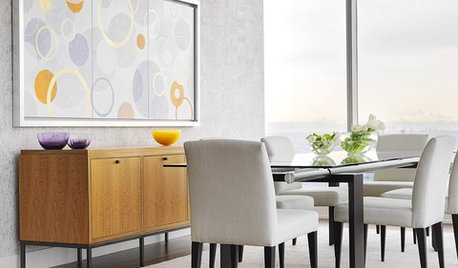
MODERN HOMESHouzz Tour: Warm Modernism Way Up in the Air
A Vancouver high-rise condo’s spectacular views are accentuated by organic and shimmering textures in the decor
Full Story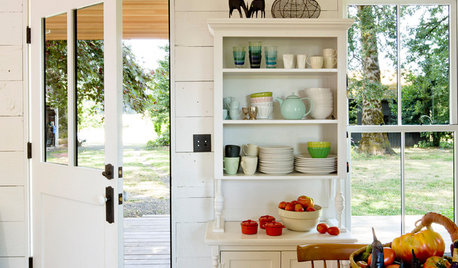
REMODELING GUIDESWake Up Rooms With the Power of Fresh Air
Even the trendiest interior designs can feel stale when your home is in permanent lockdown. Look to windows and doors for the solution
Full Story
HEALTHY HOMEA Guide to Indoor Air Purifiers
Get the lowdown on air filtration systems for your house and the important ratings to look out for
Full Story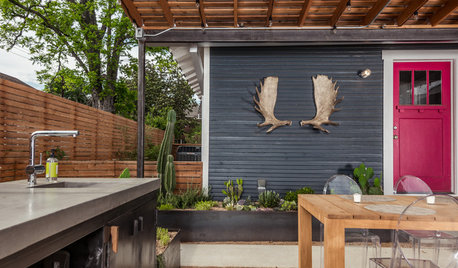
PATIOSPatio Details: See What Makes Up This Outdoor Room in Houston
Want to get the look of this patio and outdoor kitchen? Here's the lowdown on design, materials and costs
Full Story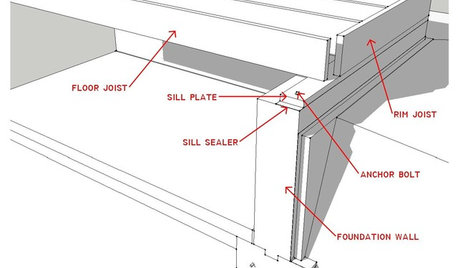
KNOW YOUR HOUSEKnow Your House: What Makes Up a Floor Structure
Avoid cracks, squeaks and defects in your home's flooring by understanding the components — diagrams included
Full Story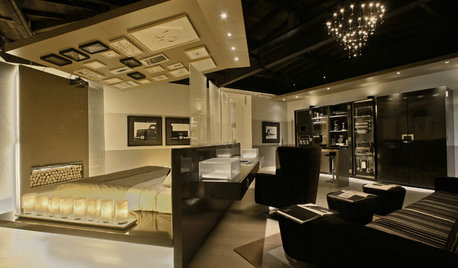
HOUZZ TOURSHouzz Tour: Luxurious Modern Loft in Buenos Aires
Step inside a bachelor pad that makes use of every square foot — right up to a gallery wall on the ceiling
Full Story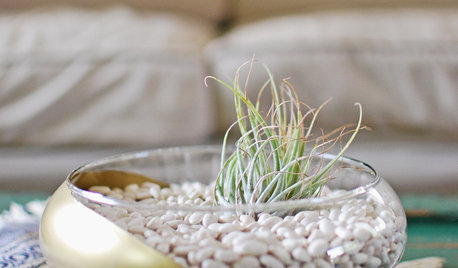
CRAFTSBowl Over Guests With a DIY Air Plant Terrarium
Air plants don't need much attention, but they'll get it anyway with a snazzy, gilded home you make yourself
Full Story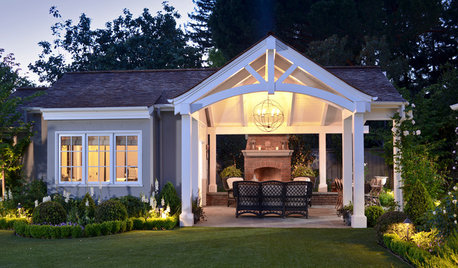
GARDENING AND LANDSCAPING3-Season Rooms: Open-Air Living in a Guest Cottage Pavilion
Comfy furniture, a fireplace and a vaulted ceiling make dining and hanging out a joy in this California outdoor room
Full Story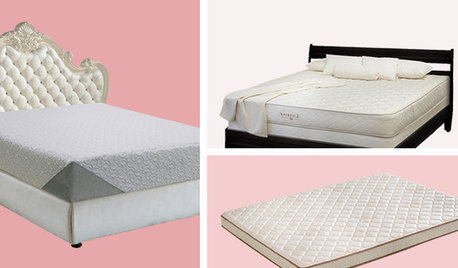
SHOP HOUZZShop Houzz: Up to 65% Off Mattresses, Toppers and Air Beds
Save on this collection for a good night’s rest
Full Story0
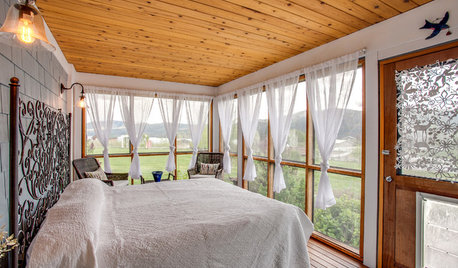
GARDENING AND LANDSCAPING11 Ways to Make Your Sleeping Porch Even Better
Turn off that air conditioner and tune in to the delights of slumbering in the nighttime breeze
Full StoryMore Discussions






mike_home
energy_rater_la
Related Professionals
Coachella Solar Energy Systems · Los Angeles Solar Energy Systems · Verona Solar Energy Systems · Alexandria Home Automation & Home Media · Birmingham Home Automation & Home Media · Delray Beach Home Automation & Home Media · Highland Park Home Automation & Home Media · Irvine Home Automation & Home Media · Pittsburgh Home Automation & Home Media · Plantation Home Automation & Home Media · Weymouth Home Automation & Home Media · Silver Spring Home Automation & Home Media · Downers Grove Fireplaces · Elgin Fireplaces · Winthrop Fireplacesalan_s_thefirstOriginal Author
energy_rater_la
alan_s_thefirstOriginal Author
mike_home
ionized_gw
alan_s_thefirstOriginal Author